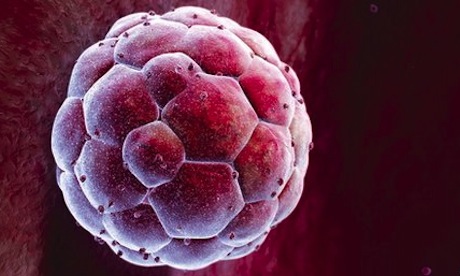Catholic and pro-life spokespeople have expressed concern at an announcement by United States scientists that they have successfully converted human skin cells into embryonic stem cells.
Oregon Health & Science University scientists said they had used cloning techniques to create human embryos, 21 of whom they were able to sustain to the point at which stem cells were present, after which the embryos were killed and the stem cells harvested.
“Creating new human lives in the laboratory solely to destroy them is an abuse denounced even by many who do not share the Catholic Church’s convictions on human life,” said Cardinal Sean O’Malley, who heads the US Catholic bishops’ pro-life activities committee.
The researchers said their goal is to produce genetically matched stem cells for research and possible therapies, but Cardinal O’Malley said the same goals can be achieved “by scientific advances that do not pose these grave moral wrongs”.
Research using adult stem cells, or those derived after someone is born, as opposed to cells from embryos, has provided promising possibilities for treating some illnesses or injuries, but embryonic stem cells have not lived up to claims made for them.
The head researcher, Shoukhrat Mitalipov, has said the technique will not be used to produce babies because the team has not been able to do so with monkey embryos made in the same way.
He also dismissed ethical concerns about the embryos they had produced, saying they were not the equivalent of a human being because they were not fertilised naturally.
Richard Doerflinger, associate director of the US bishops’ committee, said that as soon as human cells begin to divide into an embryo they are considered human life and that the destruction of such embryos is immoral.
“These researchers created many human embryos, male and female, and allowed them to grow for up to seven days, for the sole purpose of killing them and harvesting their stem cells,” said the legislative director of the National Right to Life committee, Douglas Johnson.
Sources:
Image: BBC
Additional readingNews category: World.




